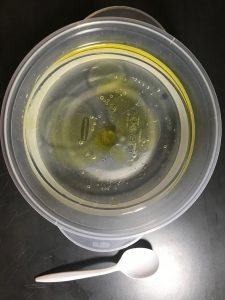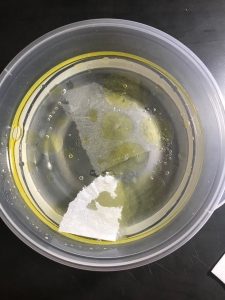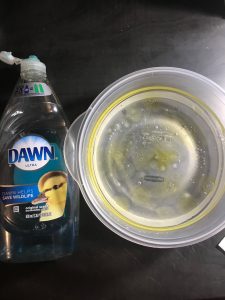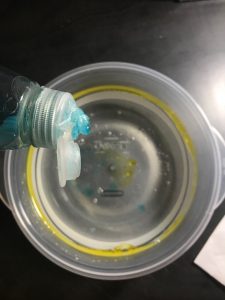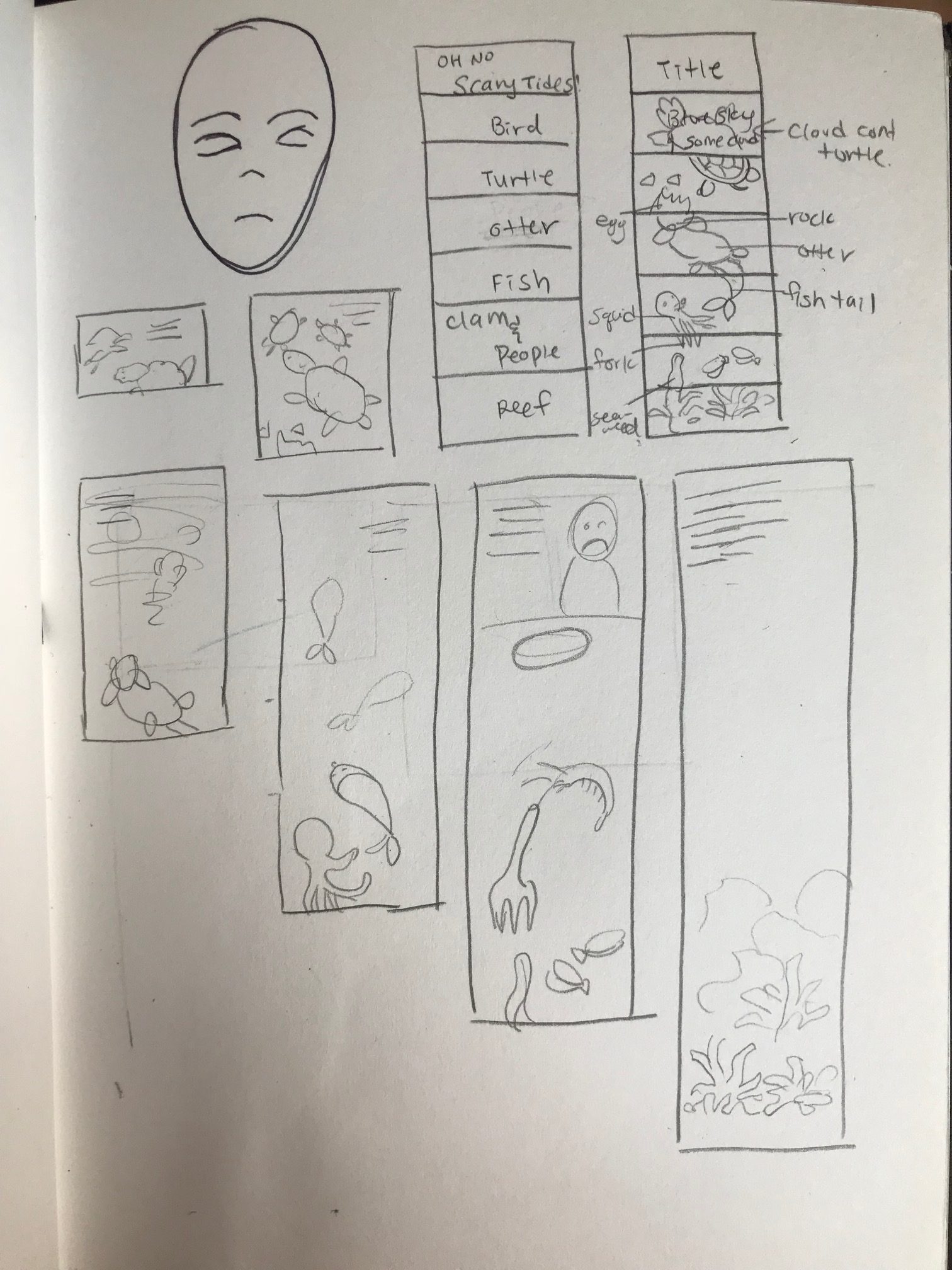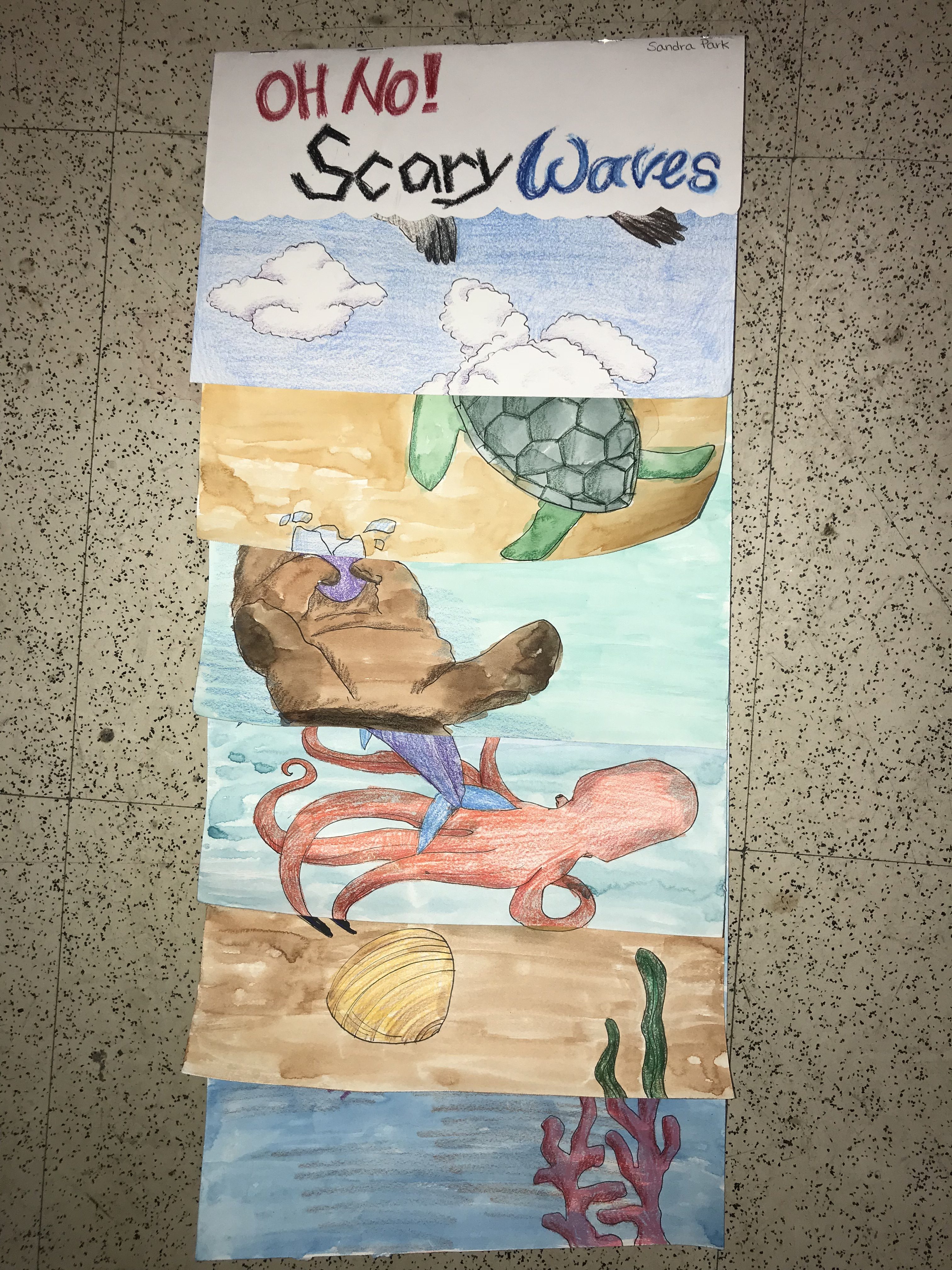Please begin your entries with a project statement– an edited, abbreviated, updated version of your initial statement for Class 2. Please include a brief description of your solution and why you chose to make your particular object. Post your infographic. (Optional) You may add any of the research documents you wish, such as the 10 brief statements or anything else you are happy with. Add photos of your process in creating your object, plus a photo of the final object
PROJECT STATEMENT:
PROBLEM/ ISSUE:
How it all started – When I was in elementary school, I read this book called “ The story of a seagull and a cat who taught her how to fly.” I still remember loving the book and being so inspired by it. In the story, a seagull that dives into the ocean water for food gets caught in the oil slick. She struggles and when she finally does manage to get out of it, the seagull dies from the oil weighing her down. This is only the beginning of the story but it taught me how horrible oil spill can be. It left a deep impression that there needs to be some way to either stop or prevent it.
Even though the number of oils spills around the world is decreasing, there are still remains of spills that affect animals and humans now.
Another reason I chose this topic was because there was a huge oil spill in 2007 near the Korean peninsula. People predicted that we were unable to revive that area of the beach and predicted at least 20-30 years of pollution. However, with the help of around two million volunteers that ocean is now almost back to the original state that it was in. Even though this problem was solved with the help of many, there are still oil spills that harm the ocean life.
Articles that show how serious this issue is:
1. The Big Fix – 2011 film based on the oil spill on the Gulf of Mexico. It’s a documentary that examines the April 2010 oil spill in the Gulf of Mexico following the sinking of the Deepwater Horizon oil rig. Find possible reasons for this specific big oil spill, and how people have tried to solve this problem
2. BBC The Tragic Oil Spill of America – Stephen Fry Documentary on what has happened after oil spills and how society is responding to the events
3. https://www.nytimes.com/topic/subject/oil-spills – for current events on oil spills and specific information of what, where and why it happened
4. http://www.noaa.gov/resource-collections/gulf-oil-spill – National Oceanic and Atmospheric Administration. Shows the state of the water that was affected by oil spills. What organism was influenced, and how the water changed after
5. https://www.epa.gov/emergency-response/national-oil-and-hazardous-substances-pollution-contingency-plan-ncp-overview – United States Environmental Protection Agency. Gives information on what has happened to the oil spills in America and how it affected the area. Shows accurate information on the responses after the spill
IDEA/ OBJECT:
Of course preventing oil spills from happening is the best thing anyone can do, but there still are accidents and wars going around the world that we cannot stop easily. So, I researched for solutions after the spills.
Possible Solutions I thought of:
– Prevention of oil spills: Find eco friendly energy that can move the ships without oil
– Reduce ship accidents in the ocean
– Come up with more environmental friendly solutions to the oil spill that has happened and may happen more in the future
These were some articles that showed what we were doing now to oil spills.
1. Oil Spill Remediation: Colloid Chemistry-Based Principles and Solutions – Book by P. Somasundaran. Covers the Deepwater Horizon oil spill in the Gulf of Mexico, what happened, what was done by the government and solutions used then
2. Oil Spill Science and Technology – Book by Mervin Fingas. Delivers a multi-contributed view on the entire chain of oil-spill related topics from oil properties and behaviors, to remote sensing through the management side of contingency planning and communicating oil spill risk perceptions.
3. http://journals.sagepub.com/doi/abs/10.1177/0192623311428474 – Scholarly article on the impacts of oil spill. Shows a different form of solution that can be used scientifically.
4. http://www.bbc.com/news/10268979 – list of solution to the oil spills. Shows expert views as well so it tells if the solution is trustworthy or not.
5. http://www.spillcontainment.com/categories/oil-spill/ – website of a company that produces products specifically for cleaning up oil spills. Can get reliable sources since they make products that are used as solutions.
Solutions we know of now and is being used:
– Oil Blankets
– Oil filter booms
– Microbe product
– Oil Corral
– Berms
– Garbage
– Nuclear bomb
– Surfactants
– Woodchips
– Fire
– Hot Tap
The solutions being used now had to create more plastic and affected the environment in a negative way. Some of them even put more chemicals into the ocean in hopes of getting rid of the oil even when we don’t know what it would do to us in the future,
Because these solutions weren’t good enough I started researching other possible alternatives that can be helpful to the environment. Through this, I found new solutions that was not harming the environment but was as equally effective in cleaning up the spilt oil.
Possible eco-friendly solutions:
- Peat moss
- Animal or human hair
- Fungus
- Water ferns that are being developed
My Object:
Beginning – A simple experiment of how oil is usually handled after an oil spill
– Added ideas of how there can be eco-friendly alternatives that can be experimented
After doing these experiments, I didn’t feel like it was strong enough of a message. So, I decided to create something similar to what made me so interested in this topic. I chose this topic because of a book I read in elementary school, so I decided to make a story book myself in the hopes of influencing younger audiences so I could grow more awareness about this topic.


